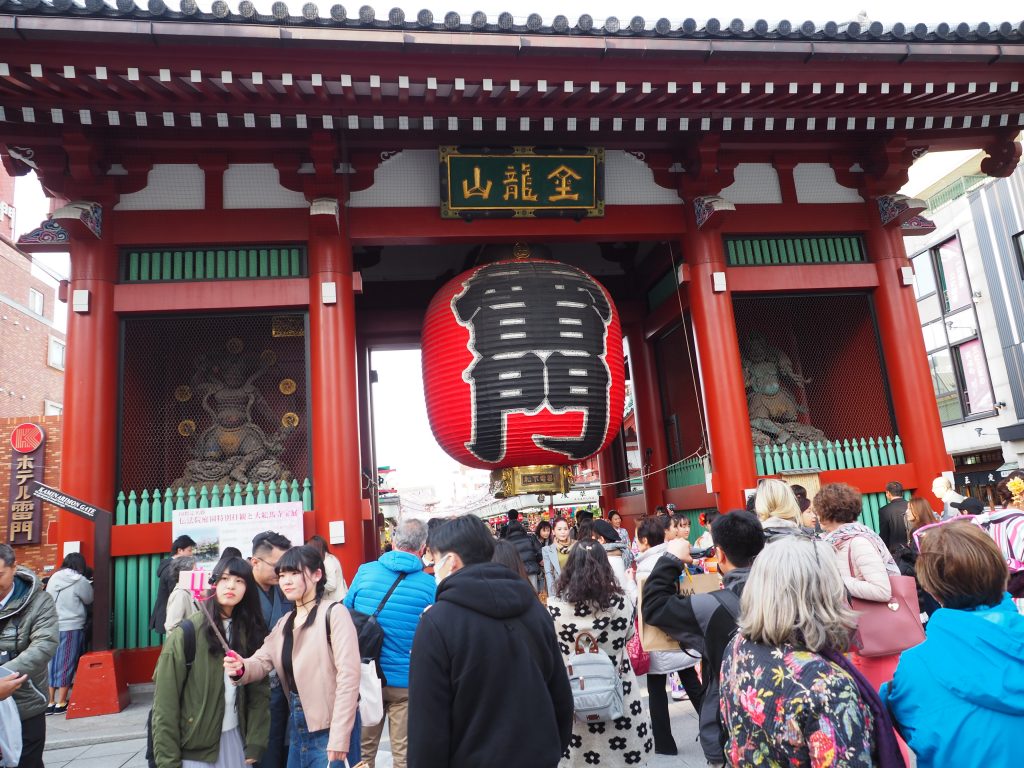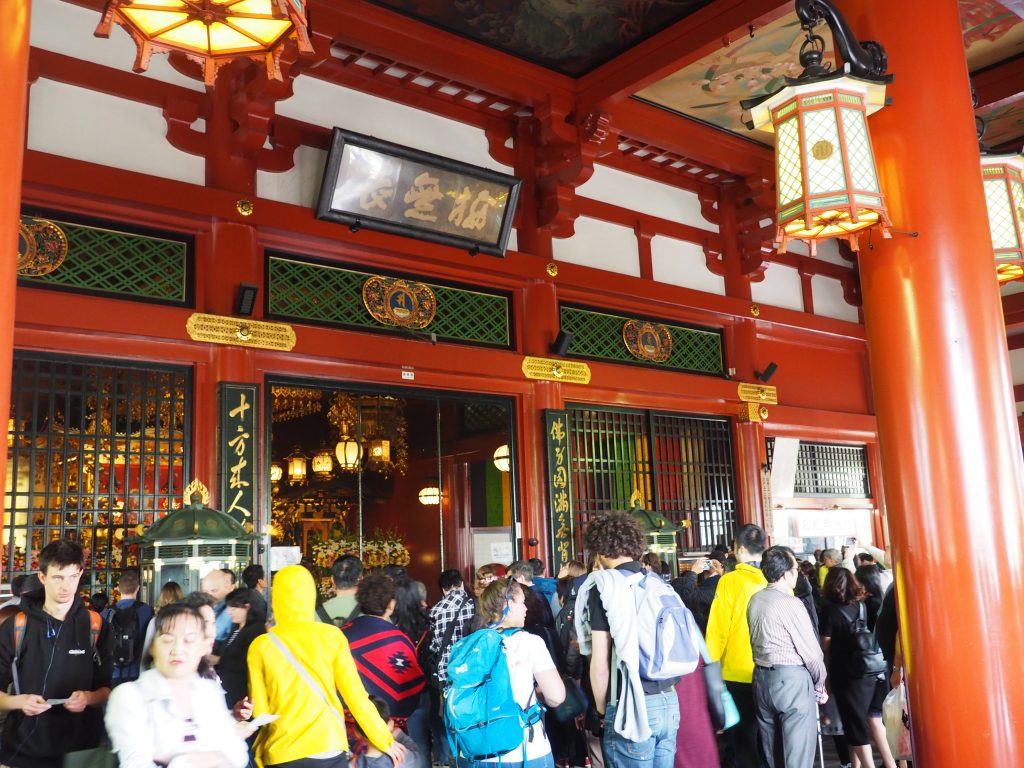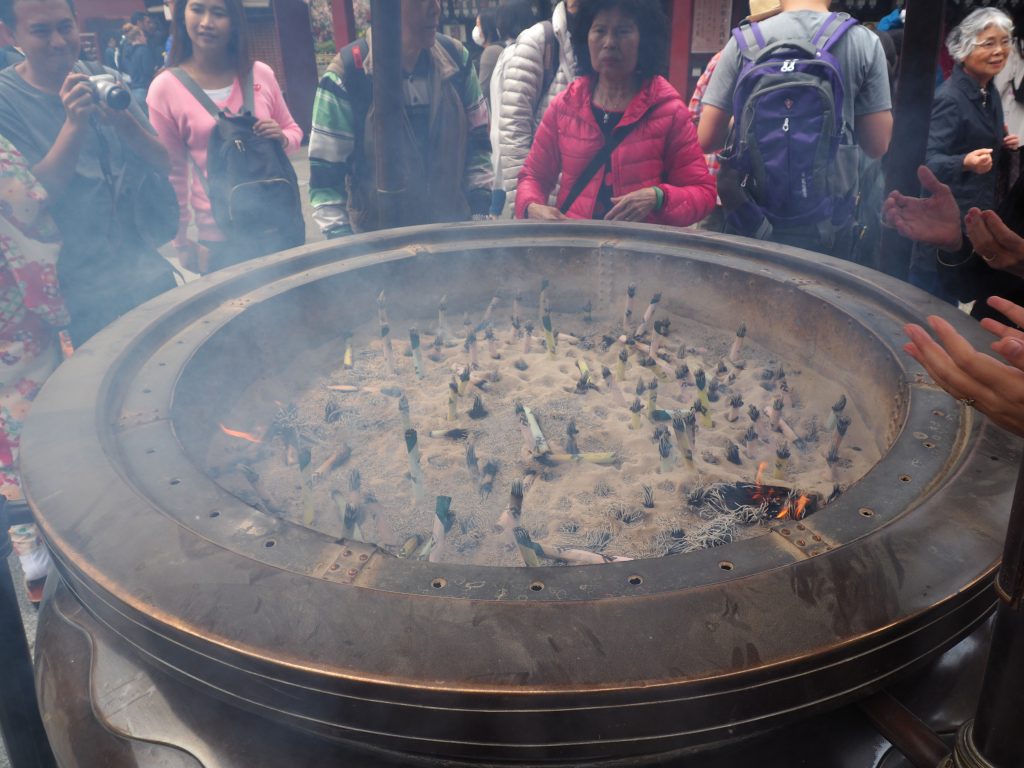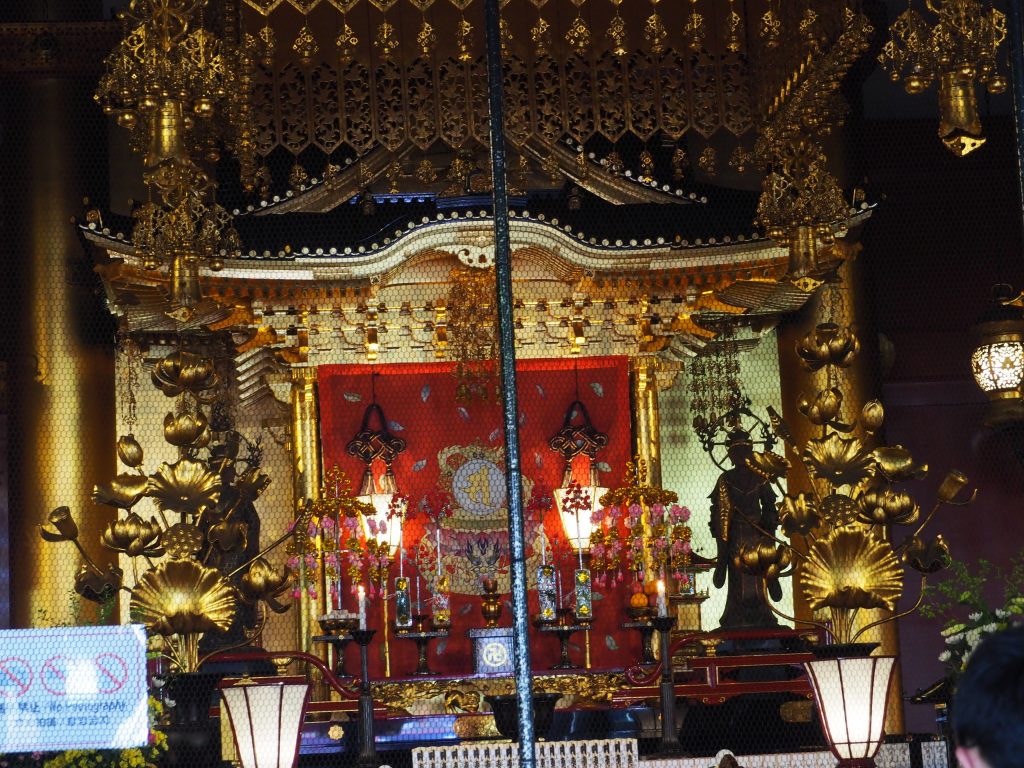I have already mentioned Senso ji temple in my article ASAKUSA, as it is located in this part of Tokyo. Senso ji is the oldest temple in Tokyo. 1,390 years and 19 days ago today, if I am counting properly, two fishermen brothers were fishing in the Sumida river. It was in the morning of 18th March 628 and Asakusa was just a small fishing village in those times in Musashino area of the Tokyo bay. The brothers were Hinokuma Hamanari and Takenari. They discovered the statue of Bodhisattwa Kannon in their fishing net.
In 645 Buddhist priest Shokai came to this area and built a shrine for the Kannon. In the Kamakura period (1185-1333) the Shoguns were deeply devoted to the cult of the Kannon and under their patronage, Senso-ji became a full scale Buddhist temple. In the Tokugawa period(1603-1868) Edo became the nation´s capital and the leaders established Senso-ji as their prayer hall. Senso-ji also became a place of worship for the common people. It is in fact Japan´s oldest Buddhist temple for common people. The temple attained great splendor, exerting an enormous influence on Edo culture.
It has attracted this widespread popularity thanks to this merciful goddess of Kannon – Asakusa no Kannon-sama.






